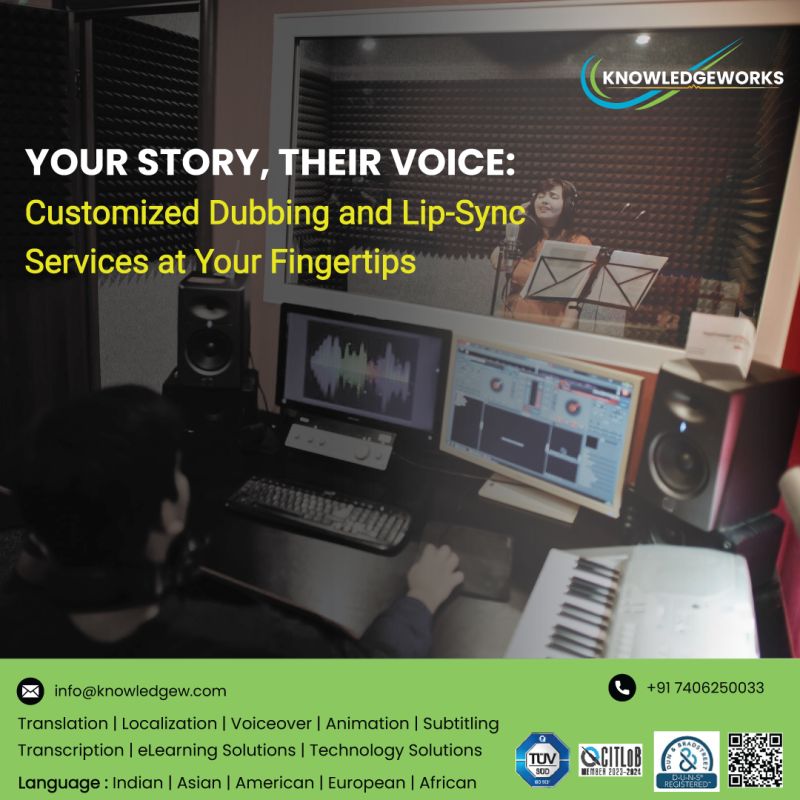Pharmacovigilance, the science of monitoring and preventing adverse drug reactions, relies heavily on effective communication. With training modules, awareness campaigns, and educational content often produced in video format, ensuring these materials are understandable across diverse linguistic audiences is critical. One of the most efficient ways to achieve this is through professional dubbing services. Unlike subtitles, dubbing helps audiences absorb information naturally in their native language, which is especially vital in healthcare communications where clarity and accuracy are non-negotiable.
1. Prioritise Medical Accuracy
When dubbing pharmacovigilance explainer videos, accuracy must always take precedence. Medical and pharmaceutical terms should be translated precisely, leaving no room for ambiguity. Working with linguists who specialise in healthcare and regulatory content ensures that the dubbed script communicates the right terminology while remaining accessible to the target audience.
2. Match Tone and Clarity
Pharmacovigilance content often deals with sensitive information regarding patient safety and drug risks. The voice used in dubbing should be clear, calm, and professional, avoiding overly dramatic tones. A well-matched voice conveys authority while also making the content approachable, ensuring that healthcare professionals, regulators, and even patients understand the message.
3. Ensure Cultural Relevance
Cultural nuances can significantly affect how audiences interpret health-related messages. High-quality dubbing adapts not just the language, but also the phrasing, idioms, and expressions to resonate with the target region. This helps avoid misunderstandings and fosters audience trust.
4. Maintain Synchronisation
In explainer videos, visuals and narration must align seamlessly. Professional dubbing services align the translated script with the original video’s timing while preserving its meaning. Proper synchronisation with visuals makes the dubbing feel smooth and distraction-free.
5. Comply with Regulatory Standards
Pharmacovigilance content often falls under strict compliance guidelines. Working with dubbing professionals who understand country-specific compliance standards is crucial. Accurate, compliant dubbing ensures that pharmaceutical companies communicate responsibly while avoiding legal and ethical issues.
6. Test with Target Audiences
Before releasing dubbed pharmacovigilance videos, conducting pilot testing with a small segment of the target audience can help identify any areas of confusion. Feedback ensures that the final version is both accurate and impactful.
Conclusion
In the pharmaceutical and healthcare industry, where information accuracy can directly impact patient safety, dubbing is more than just a language adaptation—it is a responsibility. By following best practices such as ensuring medical accuracy, cultural sensitivity, synchronisation, and regulatory compliance, organisations can maximise the effectiveness of their pharmacovigilance explainer videos. Partnering with professional dubbing services in Bangalore not only enhances accessibility but also ensures that critical safety information reaches diverse audiences with clarity and credibility.





Comments